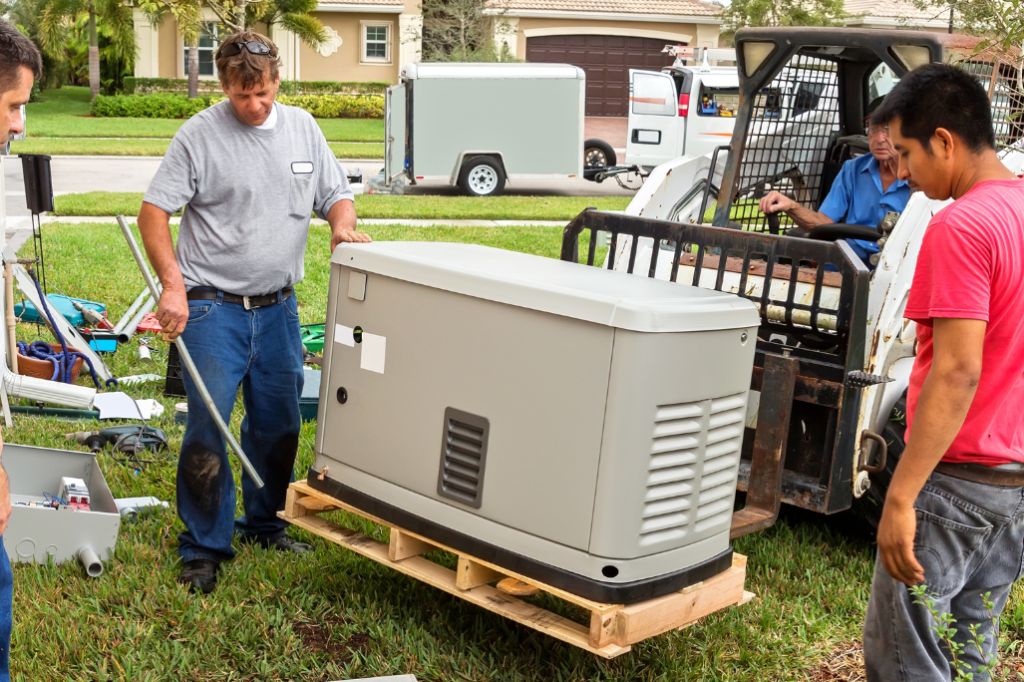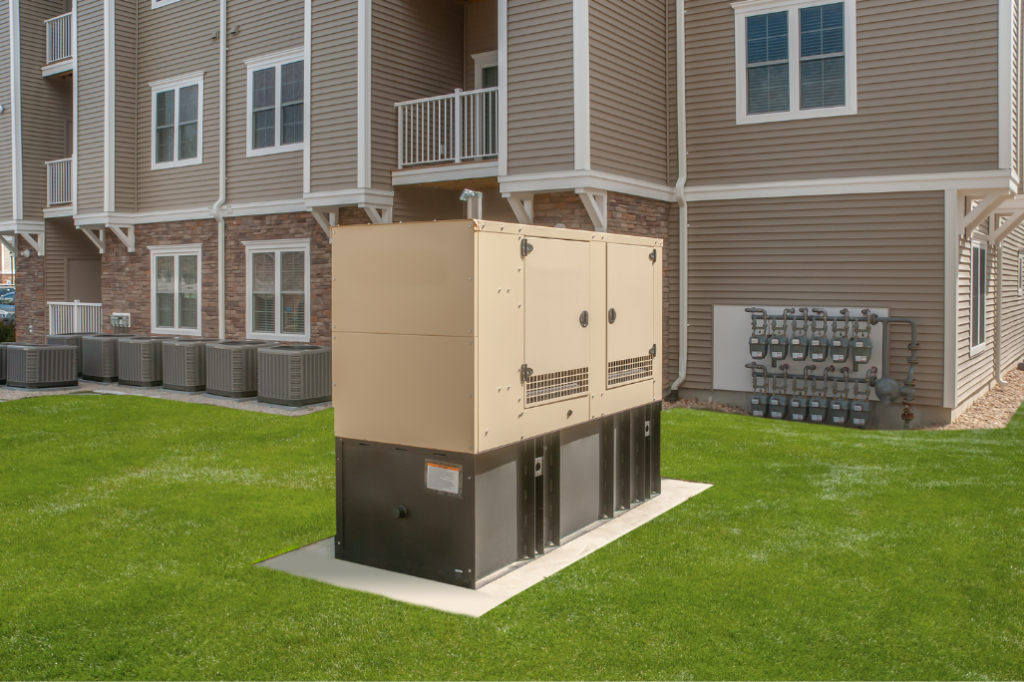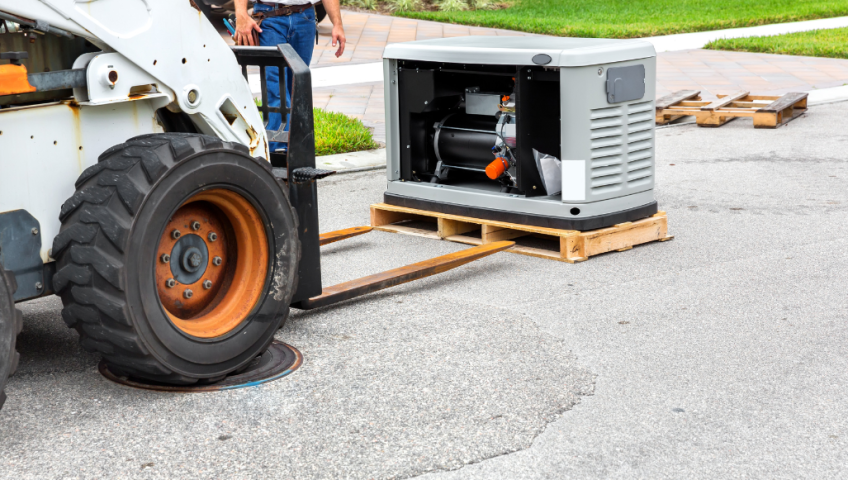When a major storm hits and the power goes out, it’s natural to wonder: Can my generator power the entire house? The answer depends on more than just generator size—it comes down to a careful calculation of your home’s electrical load. Whether you’re considering installing a backup generator or upgrading an existing one, understanding how generator load calculations work is crucial for making the right decision for your household’s power needs.

What Is Generator Load and Why Does It Matter
Generator load refers to the total amount of electricity your appliances, lighting, and systems require at any given time. Each device contributes to your home’s overall demand. If your generator can’t handle the cumulative load, you risk system failures, damage to appliances, or worse—your generator shutting down mid-outage. Load calculations ensure you choose a generator that can deliver enough power reliably and safely.
Start with the Essentials: Must-Have Circuits
During an outage, not everything needs to run at once. Prioritize critical systems, such as your refrigerator, heating or cooling system, sump pump, lighting, and select outlets. These are your “essential loads.” For many homeowners, an adequately sized standby generator can easily support these needs. Calculating the wattage for each essential item—such as the refrigerator (600W), furnace fan (800W), and sump pump (1,000W)—adds up quickly and provides a starting baseline.
Add in the Luxuries: Whole-House vs. Partial Backup
Would you like to include non-essentials like a washer, dryer, electric stove, or hot tub? That shifts you from a partial backup system to a whole-house setup. While whole-house generators are powerful, they require a significantly higher wattage capacity and may incur additional costs for fuel and equipment. A professional load analysis helps determine if powering your entire home is realistic—or even necessary—for your situation.
Understand Running vs. Starting Watts
It’s not just about how much power a device uses while running. Many appliances draw significantly more power when they start. For example, an air conditioner might run at 2,000 watts but require over 4,000 watts to start. These startup surges must be factored into generator load calculations to avoid overloading. Ignoring this can result in flickering lights or sudden shutdowns during operation.
Panel vs. Whole-House Transfer Switches
Your generator setup plays a significant role in load management. A panel transfer switch routes power to select circuits only, making it ideal for essential loads. A whole-house transfer switch powers everything, but often relies on an intelligent load management system to prioritize circuits and prevent overloads. Your electrician will help you choose the proper configuration based on your load profile and preferences.
Fuel Type and Runtime Considerations
Larger generators that power whole homes typically run on natural gas, propane, or diesel. Each fuel type affects the duration for which your generator can operate before requiring refueling or maintenance. If runtime is essential, such as in areas with prolonged outages, you’ll want a generator system and fuel source that support extended performance without interruption.
Why Professional Generator Load Calculations Are Critical
A DIY load estimate might work for a camping trip, but for your home, precision matters. ROS Electric uses advanced tools to assess your household’s specific electrical demand and match it to the right generator. Factors such as electrical code compliance, load diversity, and future expansion are all considered to ensure your home is powered efficiently and safely.

Ready to Power Your Whole House with Confidence?
If you’re considering a generator for your home, don’t guess—get expert help. ROS Electric specializes in generator installation services that begin with accurate load calculations tailored to your exact needs. Contact us today to schedule your in-home evaluation and discover what it truly takes to keep your entire home running smoothly during the next outage.


Write a Comment